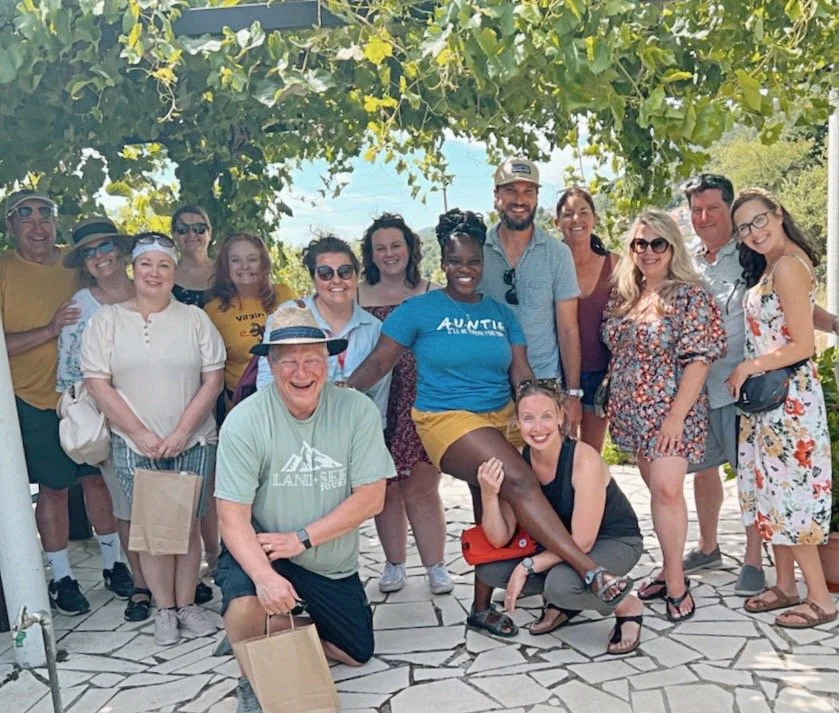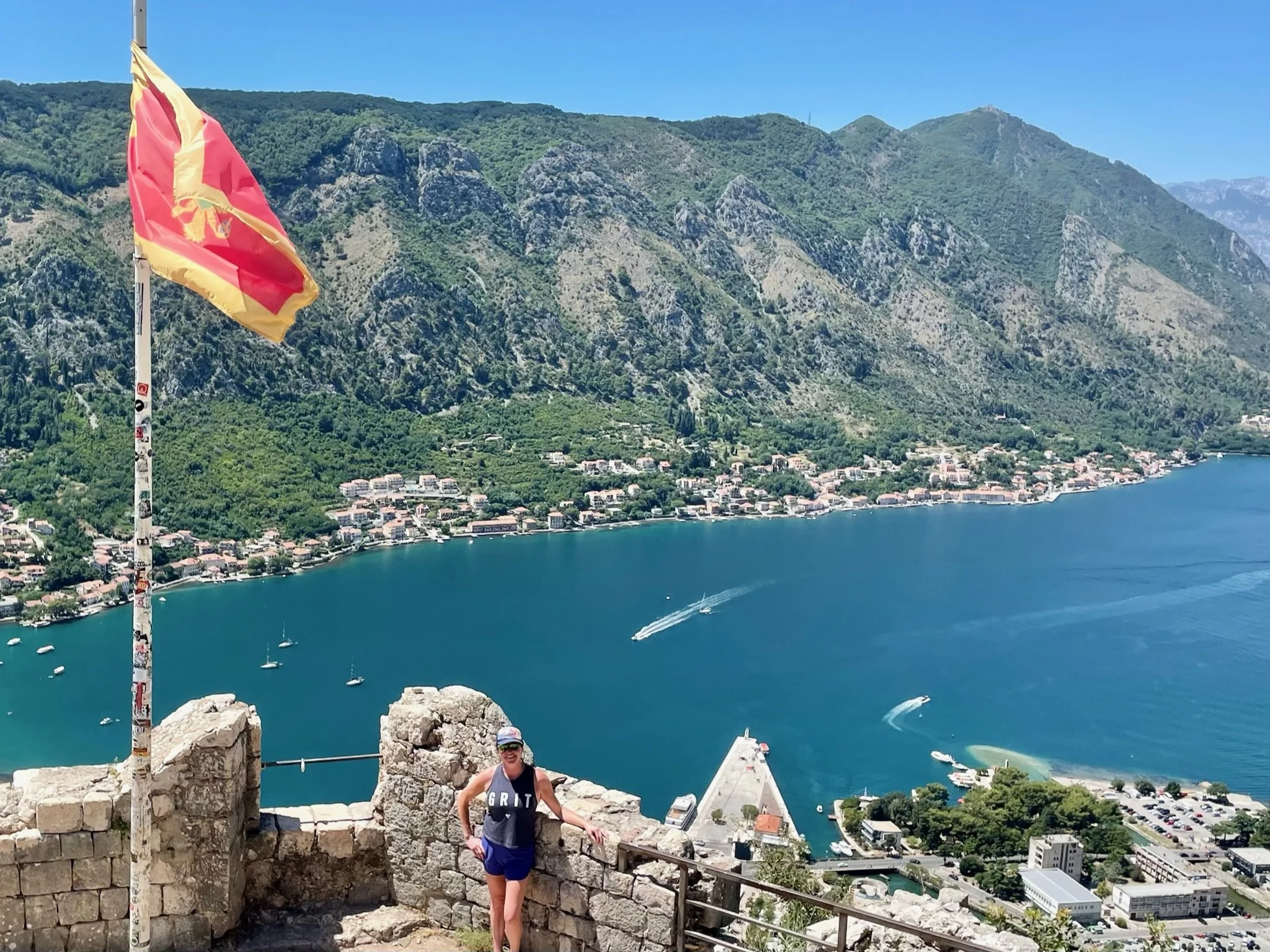Packing light for Italy in the shoulder season (spring or fall) is a great choice, as the weather is usually mild with occasional rain. Here’s a practical list for a carry-on-only trip, focused on versatile clothing that can be layered to adjust to varying temperatures.
Clothing
Tops:
3–4 versatile tops in breathable fabrics (a mix of short- and long-sleeved)
1 lightweight sweater or cardigan for layering
1–2 nicer tops for dinners out
Bottoms:
2 pairs of pants (one lighter and one darker pair)
1 pair of comfortable jeans or stylish pants
1 skirt or casual dress (optional but nice for going out)
Outerwear:
1 lightweight, water-resistant jacket
1 scarf (adds warmth and style, especially for cooler evenings)
Compact umbrella (optional but helpful for rainy days)
Shoes:
1 pair of comfortable walking shoes (water-resistant if possible)
1 pair of dressier flats or loafers for evenings
Optional: 1 pair of sandals if you’re expecting warmer weather
Sleepwear and Undergarments:
Pajamas or sleepwear
Enough undergarments for the trip (or plan to hand-wash)
3–4 pairs of socks
Accessories and Essentials
Crossbody bag or small backpack (safe and hands-free option for sightseeing)
Sunglasses and a sun hat (for warmer days)
Compact toiletries (under 3.4 ounces/100 mL each for TSA, or buy essentials in Italy to save space)
Minimal makeup and personal care items (consider multi-use products like tinted moisturizer with SPF)
Travel-size laundry detergent (hand-washing essentials as needed)
Electronics
Phone and charger
Plug adapter (Italy uses the type C, F, and L plugs; ensure compatibility)
Portable power bank (helpful for long sightseeing days)
Documents and Extras
Passport and travel documents
Printed or digital copies of important reservations
Travel journal or guidebook
Tips for Shoulder Season
Layering is key: Italian weather can be warm during the day but cooler in the mornings and evenings.
Pack versatile clothing that can mix and match to create multiple outfits.
Pack light: Italians tend to dress stylishly yet simply, so you can blend in without bringing too much.
Cover Up: If your plans involve visiting churches or religious sites, plan to have both your knees and shoulders covered out of respect.
This list will keep you prepared and comfortable while enjoying Italy’s beauty without the hassle of heavy luggage.














































